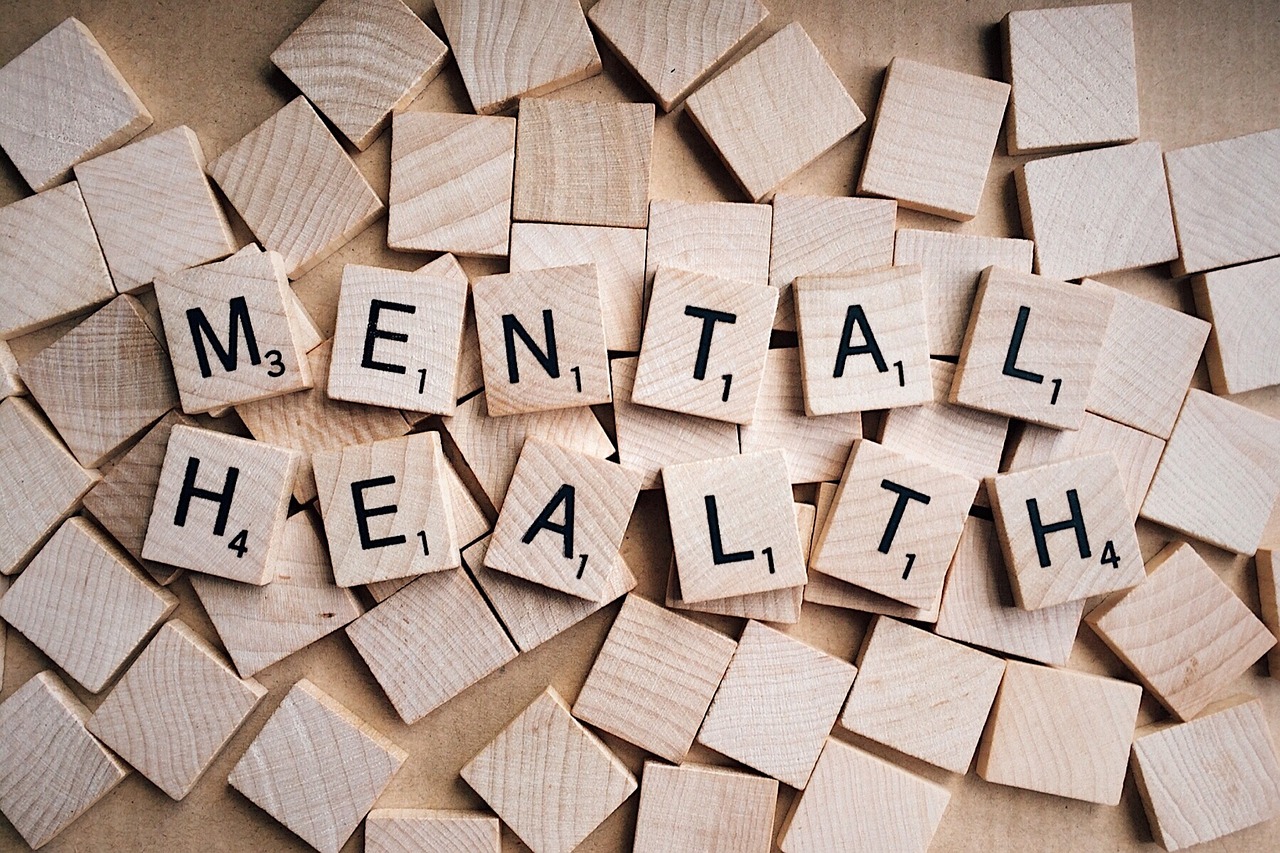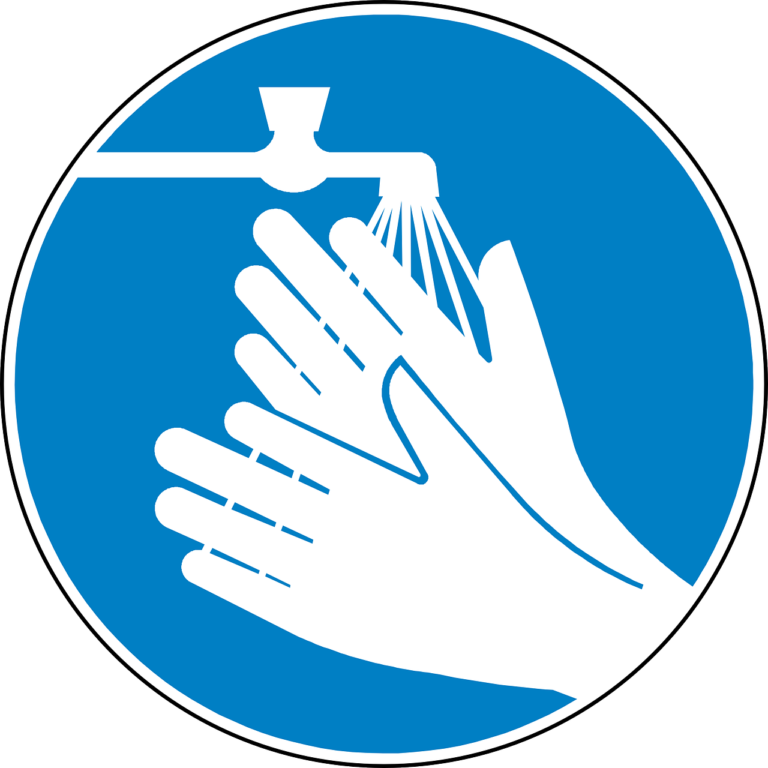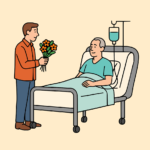Book Appointment Now

Ethical Use of Restraints in Patients with Severe Mental Health Issues
The ethical use of restraints in patients with severe mental health issues is a deeply debated topic in healthcare. Restraints, both physical and chemical, are sometimes used in psychiatric settings to prevent harm to the patient or others. However, their use raises several ethical concerns, particularly around patient rights, autonomy, and safety. This article explores the ethical issues with restraints in mental health care and discusses best practices for their use to ensure patient dignity and well-being.
Do you need essay writing help about ethical issues with restraints in mental healthcare? ![]()
Understanding Restraints in Mental Health Care
Restraints are interventions used to restrict a patient’s movement to prevent self-harm or harm to others. They are typically employed in emergency situations where less restrictive measures have failed. Restraints can be categorized into three main types:
- Physical Restraints: Devices or methods used to restrict a patient’s movement (e.g., belts, straps, or manual holds).
- Chemical Restraints: Medications used to control a patient’s behavior or restrict movement.
- Environmental Restraints: Modifications in the patient’s environment, such as seclusion rooms.
The ethical use of restraints involves applying these measures only when necessary, with respect for the patient’s rights and dignity, and under strict clinical guidelines.
Ethical Principles Governing the Use of Restraints
The use of restraints in mental health settings should adhere to key ethical principles:
Autonomy and Consent
- Patient Autonomy: The principle of autonomy dictates that patients have the right to make decisions about their own care. However, in cases involving severe mental health issues, the capacity to provide informed consent may be compromised.
- Informed Consent: Whenever possible, patients should be informed about the use of restraints and involved in decision-making. When a patient cannot consent, healthcare providers should seek input from family members or legal guardians.
Beneficence and Non-Maleficence
- Beneficence: Healthcare professionals must ensure that the use of restraints is in the best interest of the patient, aiming to protect them from harm.
- Non-Maleficence: The principle of non-maleficence requires that healthcare providers avoid causing harm. The use of restraints should be a last resort, applied only when all other less restrictive interventions have failed. See also General principles of ethics in psychology.
Ethical Issues with Restraints in Mental Health Care
Several ethical challenges are associated with the use of restraints on patients with severe mental health issues:
Human Rights Concerns
The use of restraints can be perceived as a violation of human rights, particularly the right to freedom and dignity. It is crucial to ensure that restraints are not used as a form of punishment or convenience for staff but only when medically necessary to protect the patient or others from immediate harm.
Risk of Physical and Psychological Harm
Restraints can lead to physical injuries, such as bruising, fractures, or even death in extreme cases. Moreover, restraints can cause psychological harm, including trauma, fear, and loss of trust in healthcare providers. The ethical use of restraints must prioritize minimizing these risks.
Ethical Dilemmas in Decision-Making
Healthcare professionals often face ethical dilemmas when deciding whether to use restraints. Balancing the duty to protect patients and others with respecting the patient’s rights and autonomy can be challenging. Transparent policies, clear communication, and regular training are essential to ensure ethical decision-making.
Best Practices for the Ethical Use of Restraints
To uphold ethical standards, healthcare providers should consider the following best practices:
Exhausting Alternatives Before Using Restraints
- Alternatives to Restraints: Before resorting to restraints, providers should consider de-escalation techniques, therapeutic communication, and creating a calm environment. Identifying triggers for aggressive behavior and addressing them can reduce the need for restraints.
- Regular Assessment: Continuously assessing the patient’s condition and response to interventions can help determine whether restraints are still necessary or if they can be removed.
Ensuring Proper Training and Oversight
- Training: Healthcare staff should receive regular training on the ethical use of restraints, alternative methods, and recognizing when restraint use is inappropriate.
- Oversight and Accountability: Institutions should implement policies that ensure the use of restraints is reviewed and monitored regularly, with accountability measures in place to prevent misuse.
Balancing Safety and Ethics in Restraint Use
The ethical use of restraints in patients with severe mental health issues requires a delicate balance between ensuring patient safety and respecting their rights and dignity. While restraints can be necessary in some situations to prevent harm, they should always be used as a last resort, following thorough consideration of ethical principles and alternative interventions.
By adhering to patient rights and safety guidelines, healthcare providers can ensure that their use of restraints is justified, ethical, and compassionate, ultimately promoting the well-being and dignity of patients in their care.
To order our writing services visit our homepage and fill the order form







